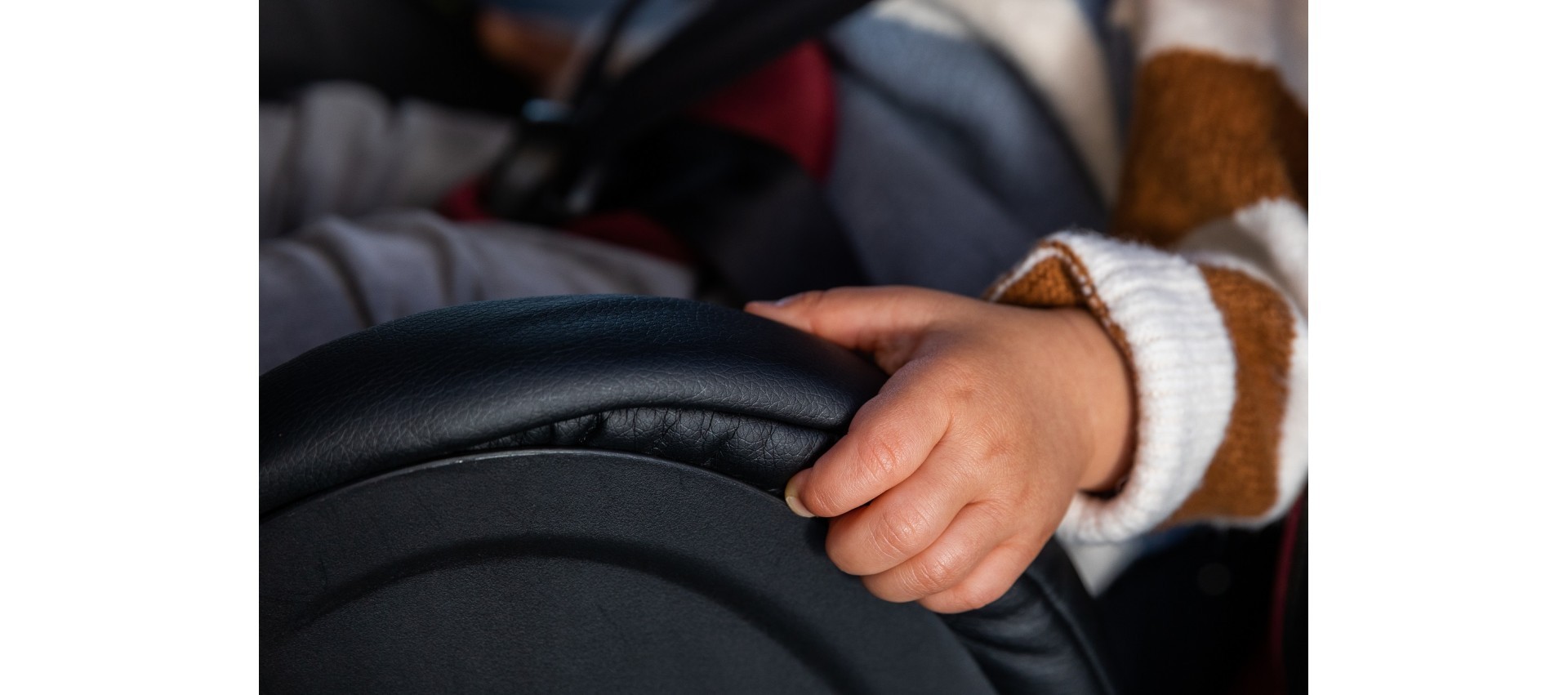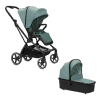With the start of the school year, AESVI launches a series of tips to improve road safety

With the beginning of the school year, the Spanish Alliance for Child Safety (AESVI), of which Casualplay is a part, in its commitment to improving the safety of children on their journeys, launch a series of tips for the millions of school journeys that will be made daily in different means of transport. With the help of experts from the State Federation of Road Education Technicians (FETEVI), in charge of giving talks in thousands of schools throughout Spain, the Alliance has prepared a set of practical recommendations that we have to take into account to reduce the risk of accidents on school journeys.
Every year, FETEVI’s Road Education technicians, many of them local police professionals, give thousands of talks in schools and health centers, explaining to the little ones the importance of driving with caution and safety, whether as passengers in a vehicle, as pedestrians or as bicycle users. Today’s little ones, who are the drivers of tomorrow, learn and have fun with theoretical advice and practical lessons.
Whether as a pedestrian, by bike, by car, by school bus or by public transport, AESVI aims to improve the safety of children throughout the journey to school, involving the school community, the police, transport companies, city councils and of course drivers. From the Alliance we make ourselves available to all of them to help them in this work.
When travelling by school transport…
- When travelling by school bus, the most dangerous moment occurs when getting on or off the bus. To avoid risky situations, the child should never pass in front of or behind the vehicle.
- You have to respect the stopping areas, go with enough time, and teach the child to get on and off in an orderly way, without pushing other children.
- During the tour, the little ones must remain seated in their seats, held by the restraint system adapted to their needs, and respecting the instructions of those in charge.
- Keep the bus aisles always clear. In the event of an impact, it will facilitate an emergency evacuation.
If you travel by car…
- Children must always travel in their child restraint system, no matter how short the journey, getting into the car on the safest side, the pavement. And in the case of riding a motorcycle (check the limitations according to the age of the child) you must always travel with a helmet.
- Check that the child is well secured, without slack, and never with the backpack on.
- Leave with enough time to avoid double/triple parking. We force the child to pass between cars, increasing the risk of an accident.
If you ride a bike…
- It is important that the little ones wear their helmet and make themselves seen through lighting elements and reflective clothing, especially in autumn in winter.
- When travelling by bicycle they must signal the manoeuvres, and above all be aware that they must be careful with other pedestrians, adjusting speed and driving with caution. The school must have an area to leave the bicycle.
- The backpack should not be overloaded , as this can destabilize the child.
- It is recommended that adults accompany the child the first few times, identifying dangerous spots, crossings and pedestrian crossings (and the way to cross). It should also be explained to them that they must circulate calmly and safely.
As pedestrians…
- The first and most important thing is to know the route, assess its risks and teach the little ones the importance of going in time, keeping an eye on traffic at all times.
- Teach children the technique to cross the street safely: always do it in the areas provided for it, wait until cars have stopped and look before crossing, left, right, and left again.
- Always walk on the sidewalk and, if there is none, walk along the edge of the road, using reflective elements or elements that make us visible in the distance.
















